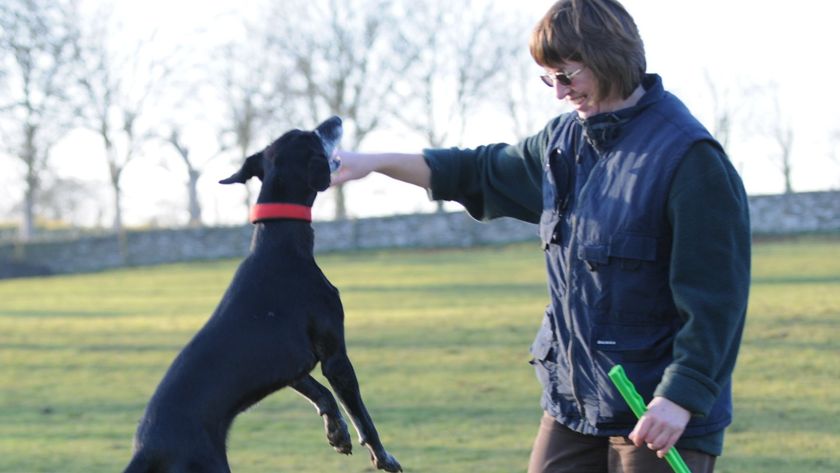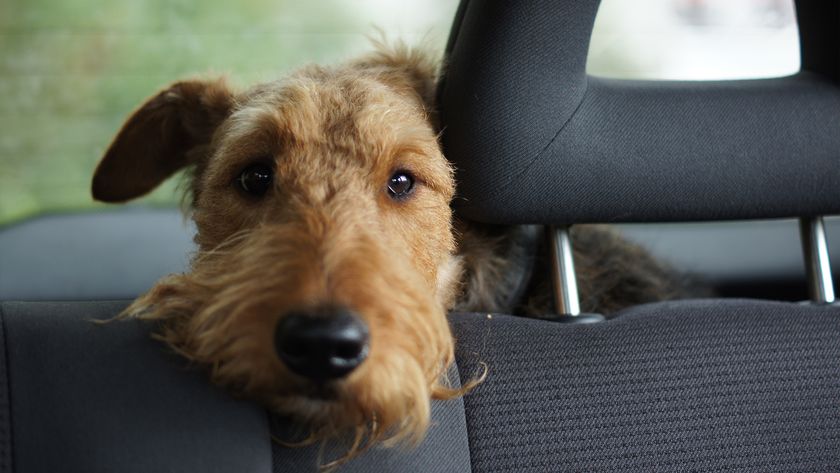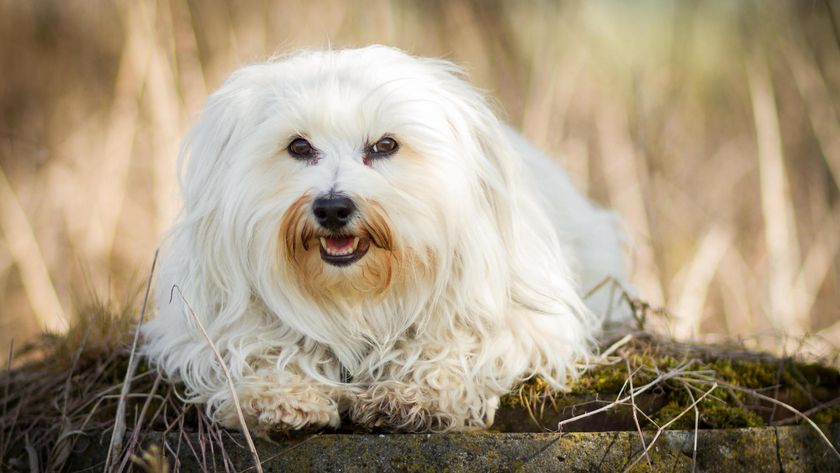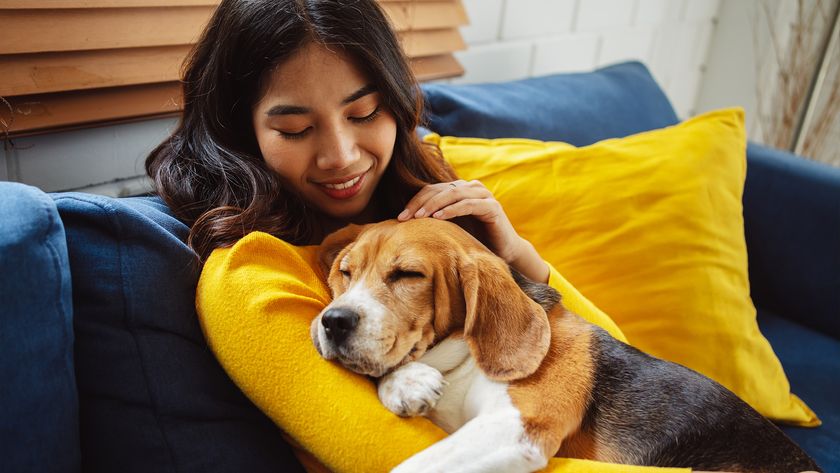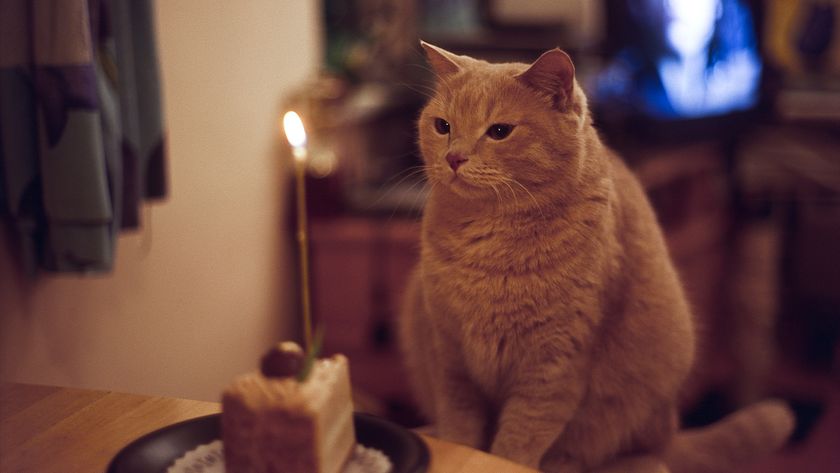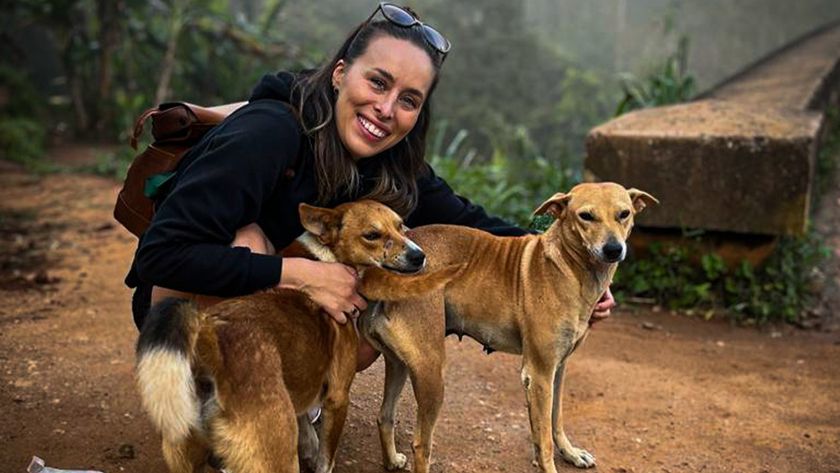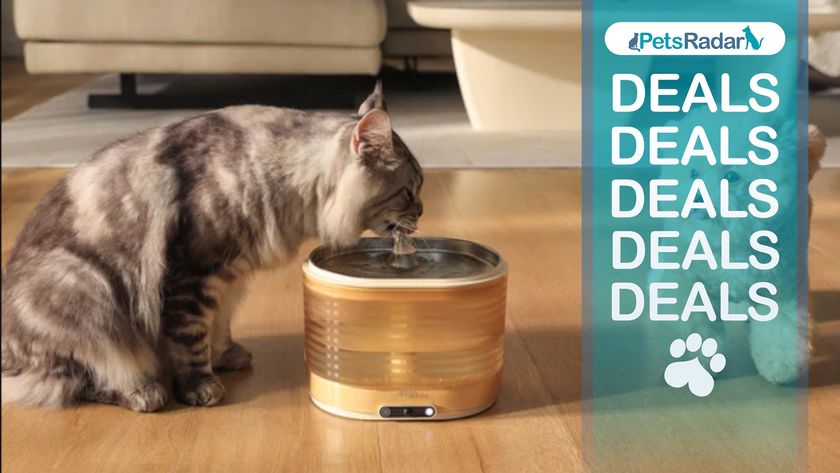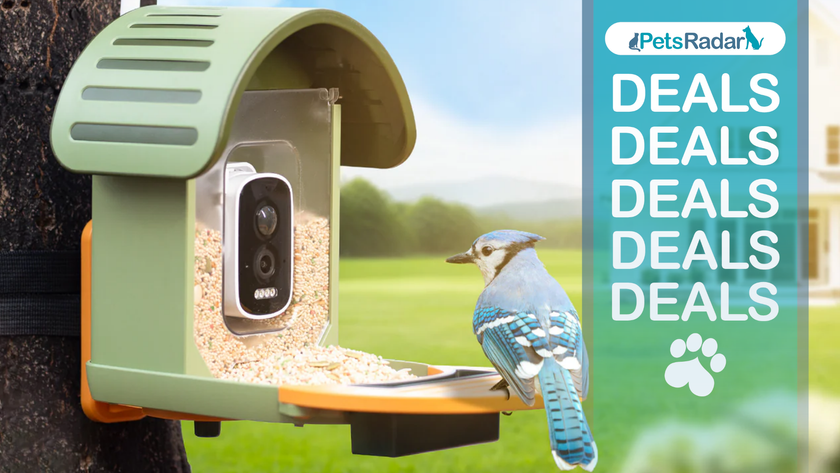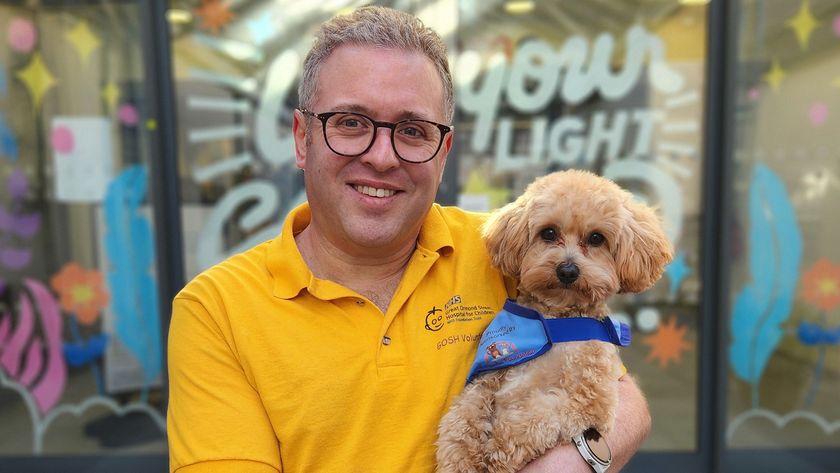Boost the chance of your dog being happy around a new baby with these four trainer approved tips
While there are no guarantees that your dog and your baby will be the best of friends, these tips will help them co-exist peacefully
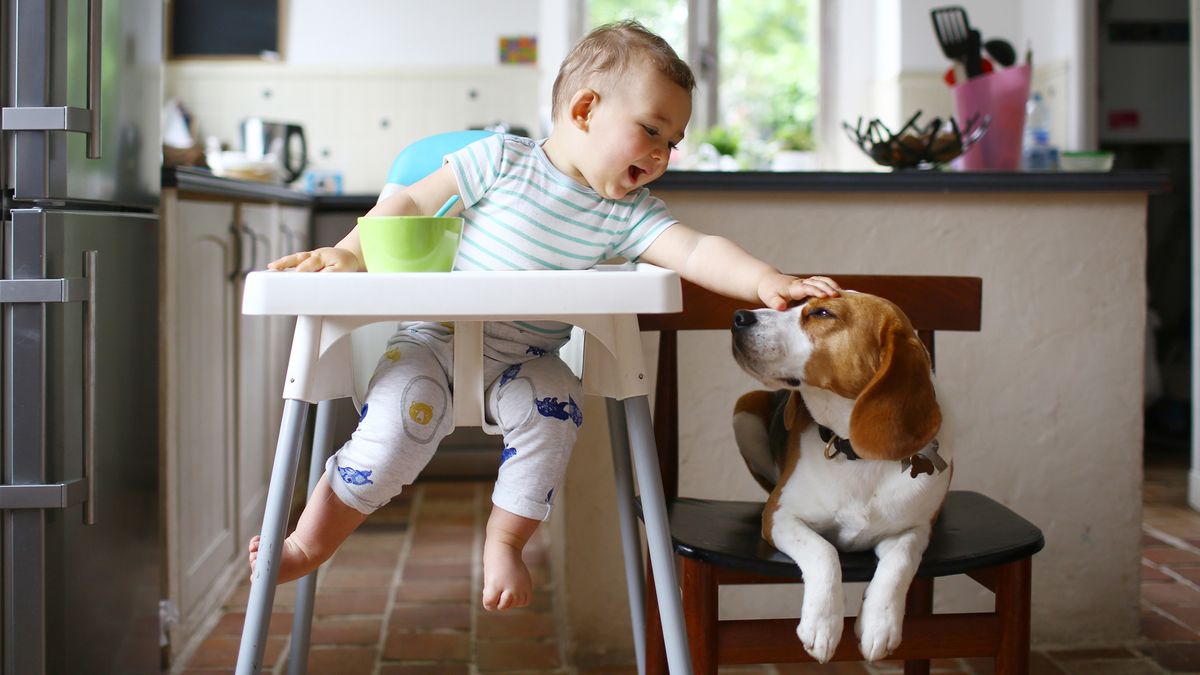
It’s quite common for couples to get a dog before they have children, or to get a dog when they already have a young family, and then have another baby. Or, for whatever reason, there might come a time when you need to get your pup used to the idea of a new baby around the house – it’ll take more than just giving them some of the best dog toys and hoping for the best.
How your dog might react to your baby is something that worries many prospective parents – unfortunately, some dogs find themselves in shelters as a result. But, there are things you can do to help your dog get used to the idea of having a new baby in the house, as certified dog trainer and behaviorist Amelia Steele, also known as Amelia the Dog Trainer, explains in a recent Instagram post.
You can view this in the post or continue reading to find out more...
A post shared by Amelia Steele (@ameliathedogtrainer)
A photo posted by on
Steele outlines four simple things to do to help your dog prepare for a new baby, after meeting a puppy who was getting over-excited by his new human sibling.
The first is to practice walking around with something in your arms. This will get your dog used to seeing you carrying the baby around after they’re born, and teach them how to behave when you, or somebody else, is carrying a baby.
The second, Steele says, is to “reinforce paws on the floor”. Your dog jumping up or putting their paws on you might be mildly annoying at worst, but if you’re holding a baby, they could accidentally hurt them. Likewise, if a dog’s paws aren’t on the floor it increases the risk of them knocking something over or causing an accident, something that could become more serious if there’s a baby involved.
Her next piece of advice is to get your pup used to being behind a baby gate. You might use a baby gate when your baby arrives to keep them separate, perhaps if the baby is sleeping in one room and you want to keep the dog away, for example. Your dog might not enjoy being behind a baby gate, however, so it’s important to give them treats and attention for good behavior. Try to stay close by at first, so that your dog knows you haven’t gone far, but you can gradually move further away as your dog gets more comfortable being in the space by themselves.
PetsRadar Newsletter
Get the best advice, tips and top tech for your beloved Pets
Steele’s final piece of advice is to “practice stationing or settle zones”. Stationing refers to the act of training your dog to go to a certain location, or station, in response to a cue. Meanwhile, settle zones are areas you can train your dog to go to in which they can sit or lie calmly, or ‘settled’.
It’s only natural that you might feel apprehensive before introducing your dog to a new baby, but it doesn’t have to be as stressful as you might think – some simple preparation before the baby arrives can go a long way. If your little one is already here, here’s how to introduce a dog to a baby.
Or, if you want to hear someone else's experience of adjusting to having a dog and baby in the house, take a read of this parent's first-hand account: My dog was very attention-seeking around our baby until we set boundaries, here’s how.

Adam is a freelance journalist specialising in pets, music and culture, and mental health and wellbeing. He investigates and writes the large majority of news on PetsRadar, and collaborates with veterinary experts to produce informative pet care content.
Adam has a journalism degree from Southampton Solent University and a masters degree in Magazine Journalism from Cardiff University. He was previously senior editor at dog advice website DogTime.com, and has also written for The Independent, GoodToKnow and Healthline.
He owns two rescue cats, Bunny and Dougie, and has also previously had a rabbit, fish and Roborovski dwarf hamsters.
